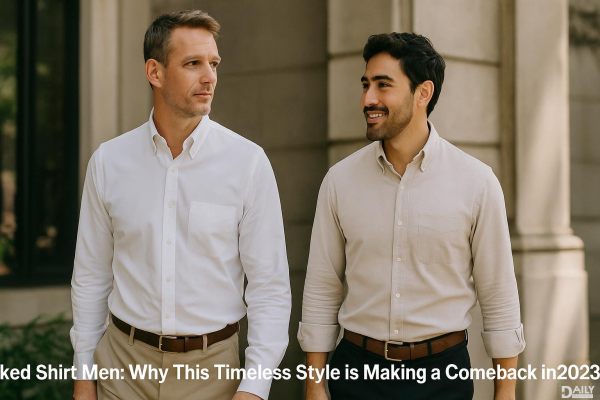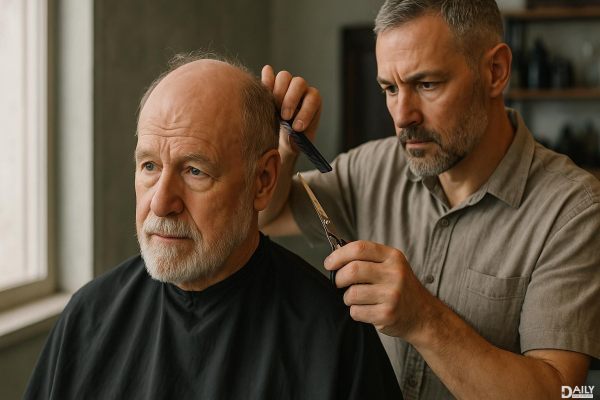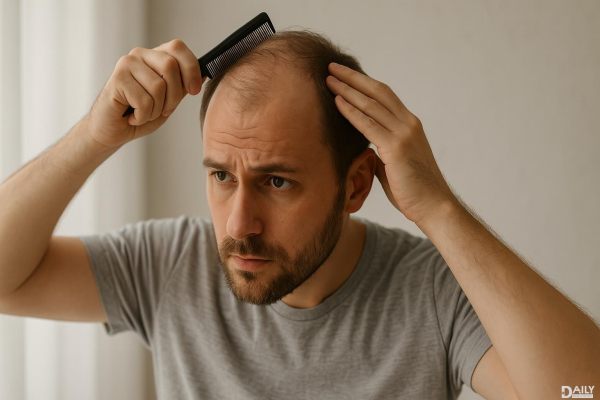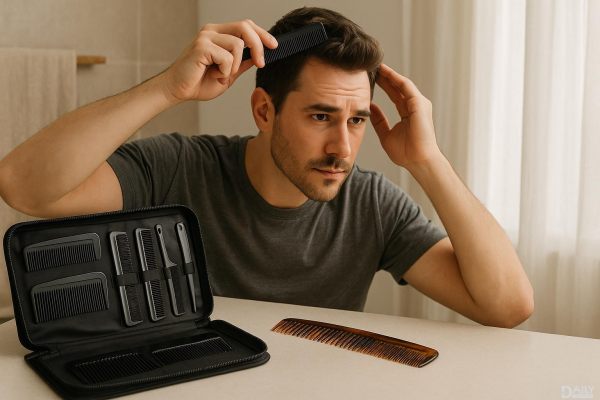Grey hair on men is as natural as aging itself—it's not a flaw, just a sign of life doing its thing. Whether you're rocking a few silver strands or going full salt-and-pepper, greying is a universal experience tied to genetics, lifestyle, and even stress levels. But here's the kicker: it doesn't have to be a crisis. Instead of fighting it, more guys are learning to own their grey with confidence. Let's break down why it happens and how to make it work for you.

Your hair color comes from melanin, a pigment produced by cells called melanocytes. Over time, these cells slow down or stop producing melanin altogether, leaving hair colorless—aka grey or white. Genetics play the biggest role in when this happens (thanks, Mom and Dad), but factors like stress, smoking, and nutritional deficiencies can speed up the process. Some studies even suggest that chronic stress can prematurely deplete melanocyte stem cells, leading to earlier greying. So if you're stressing about grey hair, ironically, you might be making it worse.
For most men, the first signs of grey appear in their 30s or 40s, but some guys see silver strands as early as their 20s (lucky them?). This variation is almost entirely genetic. If your dad or granddad went grey young, chances are you will too. Ethnicity also plays a role—Caucasian men tend to grey earlier than Asian or African American men. But no matter when it starts, greying is inevitable. The key is not to panic; it's just your body’s way of keeping things interesting.
Despite what supplement companies might claim, there’s no magic pill to stop or reverse greying. Some research suggests that correcting vitamin deficiencies (like B12 or copper) might slow it down, but once those melanocytes stop working, the change is permanent. That said, healthy habits—like eating a balanced diet, managing stress, and avoiding smoking—can help keep your hair (and overall health) in better shape. But if you're hoping for a miracle cure, you're better off embracing the grey than fighting a losing battle.
Grey hair can look sharp if you style it right. First, keep it well-groomed—whether that means a clean buzz cut, a textured crop, or a sleek pompadour. Grey hair tends to be coarser, so using a moisturizing shampoo and conditioner can help keep it soft and manageable. If you're going full silver, consider a purple shampoo to neutralize any yellow tones (hard water and pollution can give grey hair a brassy tint). And if you're not ready to go all-in, blending grey with your natural color through highlights or lowlights can ease the transition.
Gone are the days when grey hair was something to hide. Today, silver foxes like George Clooney and Anderson Cooper have made grey hair a symbol of sophistication and confidence. Social media and pop culture have shifted perceptions, proving that grey can be just as stylish as any hair color. Plus, let’s be real—constantly dyeing your hair to cover greys is a hassle. Embracing it saves time, money, and the stress of upkeep. In a world obsessed with youth, owning your grey is a rebellious (and refreshing) move.
At the end of the day, grey hair is just another chapter in your personal style journey. Whether you choose to rock it with pride or blend it subtly, the choice is yours. The most important thing? Confidence. Because no matter what color your hair is, owning it is what makes it look good.
























